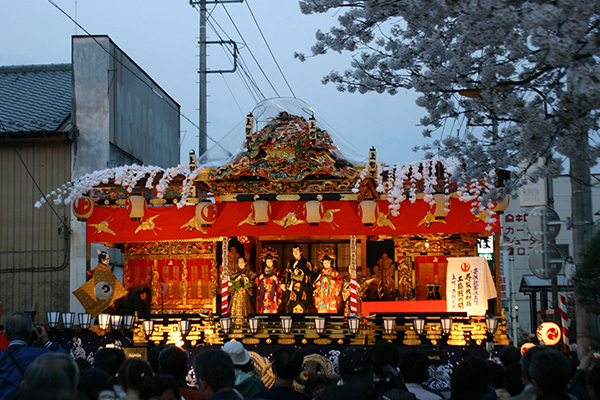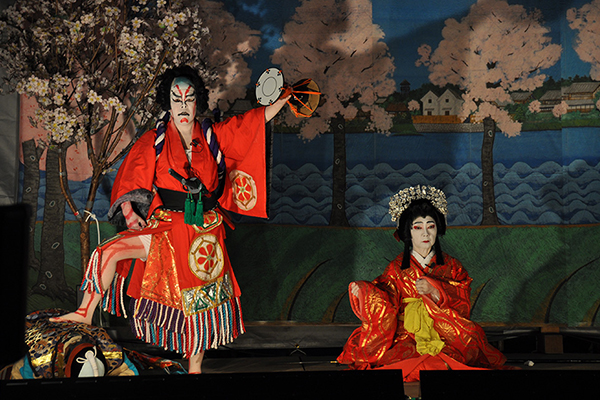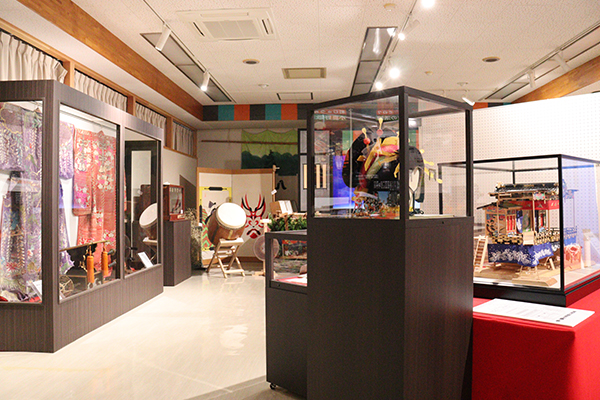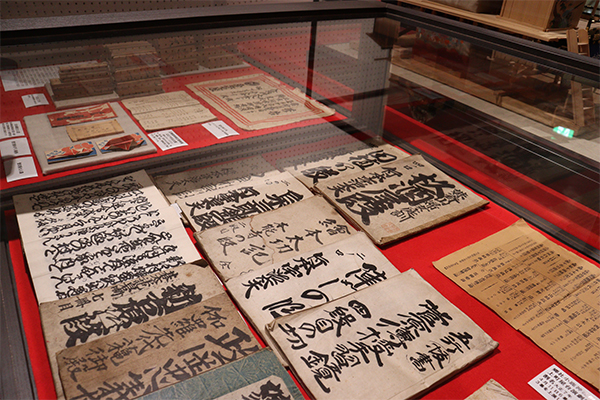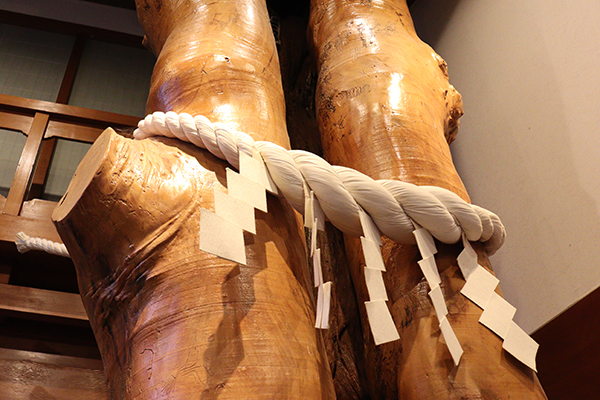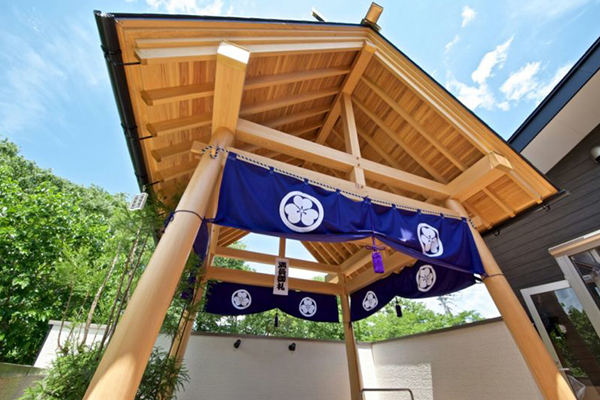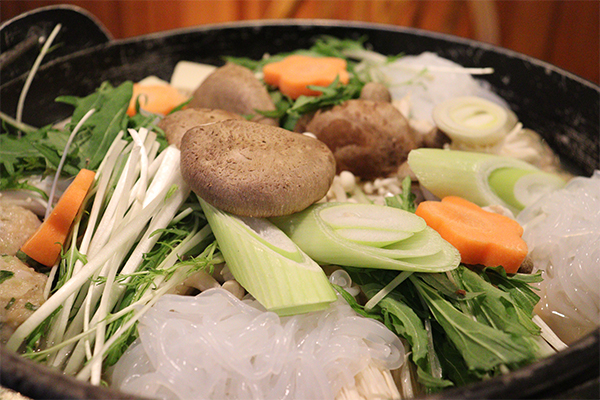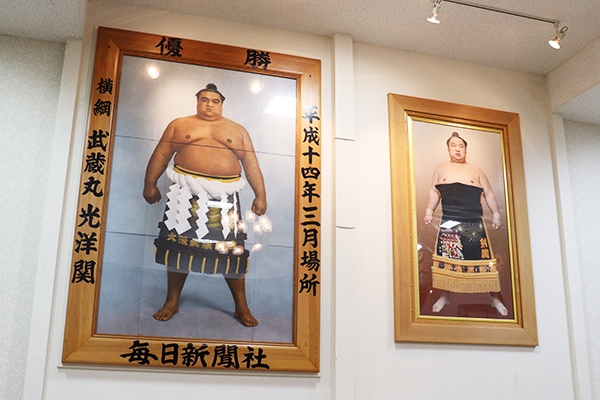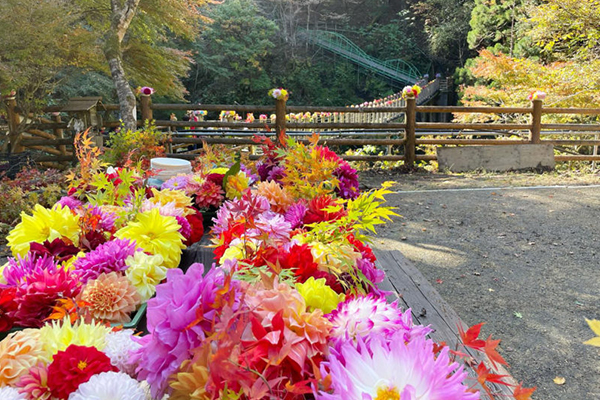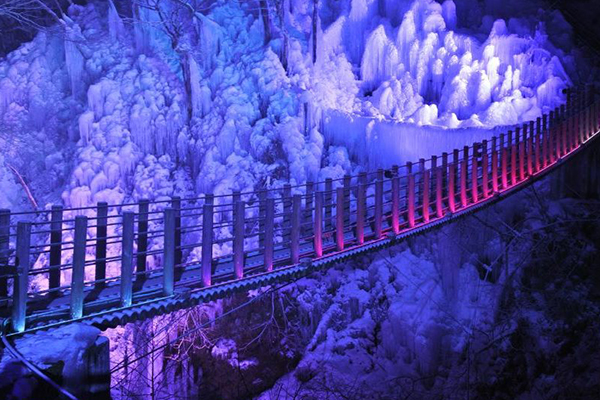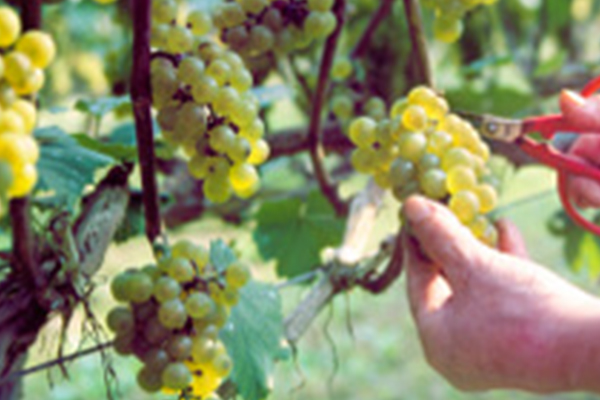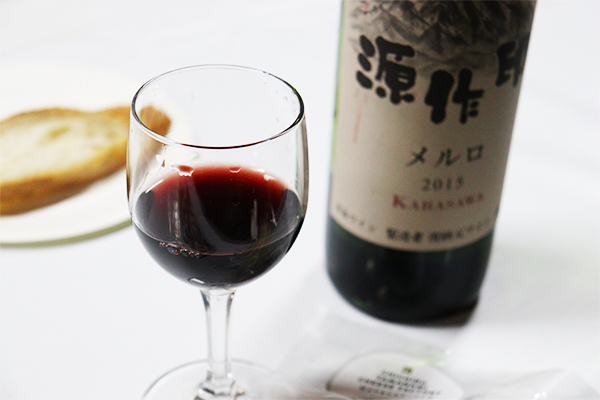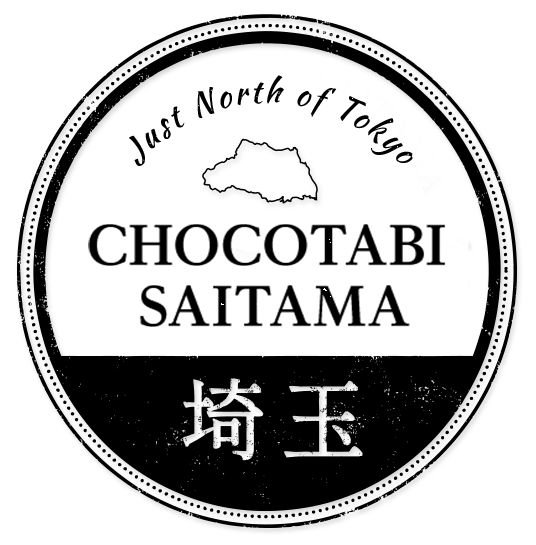A journey through Ogano Town to experience Japan’s traditional performing art, Kabuki, the culture that has been passed down from generation to generation.
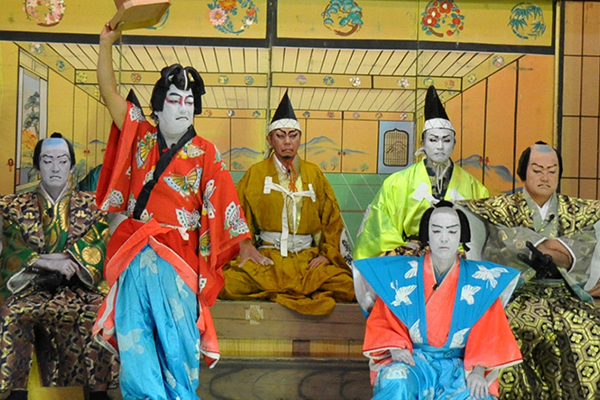
Ogano Town, situated in the northwestern part of Saitama Prefecture, thrives with traditional performing arts and abundant nature.
During the period from late September to late October, Ogano Town flourishes with blooming dahlias and famous flowing waters, showcasing its abundant natural beauty.
In fact, it is a town steeped in the traditional culture of Kabuki. This time, we will introduce you to a journey through Ogano Town.
Welcome to the world of Kabuki 〜 What is Ogano Kabuki? 〜
For everyone visiting Japan from overseas, one of the characteristic aspects of Japanese traditional performing arts that stands out is likely to be the theatrical art form called “Kabuki,” which has a history of over 400 years.
Ogano Town is known as a town of Kabuki, and its history is ancient. It is said that this history dates back to about 220 years ago during the mid-Edo period when Edo Kabuki first arrived in Ogano Town.
Unlike grand Kabuki, which is performed by professional actors in permanent theaters, there is rural Kabuki, which is performed by local residents. Kabuki in Ogano Town falls under this category of rural Kabuki, perfomed by ordinary people who typically have other occupations perform. All of the behind-the-scenes work, including the staff in charge of making stage equipment, the staff in charge of makeup and dressing, and the staff playing the shamisen (a three-stringed traditional Japanese musical instrument derived from the Chinese instrument sanxian) and taiko drums (a large, barrel-shaped drum that is often played in traditional Japanese music and festivals), is mainly carried out by townspeople.
In addition to permanent stages, one of the characteristics of Kabuki in Ogano Town is “Yatai Kabuki,” a stage that can be assembled to accommodate performances and then dismantled after the performance is complete.
Regular performances are held six times a year at shrines and other locations during the spring, summer, fall, and winter seasons. Another unique feature of Ogano Town is that there is Kabuki for children as well as for adults, and Kabuki performances exclusively performed by women only.
At the Ogano Cultural Center, there is the “Ogano Kabuki Salon,” where valuable materials such as luxurious embroidered costumes used in Ogano Kabuki since ancient times, props such as wigs, and scripts are exhibited. Through the photographs and videos displayed within the facility, you can gain a detailed understanding of Ogano Kabuki. It is a precious place where you can explore the world of Ogano Kabuki, so why not stop by and experience it for yourself?
Ogano Kabuki and performance schedules
Click here for details:
https://www.town.ogano.lg.jp/kabuki/
Ogano Kabuki Salon
Click here for details:
https://kanko-ogano.jp/spot/%e5%b0%8f%e9%b9%bf%e9%87%8e%e6%ad%8c%e8%88%9e%e4%bc%8e%e3%81%95%e3%82%8d%e3%82%93/
Welcome to the world of sumo wrestling – Japan’s only ryokan run by former sumo wrestlers.
In Ogano Town, there is other places where you can get a glimpse into the world of professional sumo wrestling, which is the oldest sport in Japan.
The “Nishiyatsu Onsen Ryokan Miyamoto no Yu” that we visited this time has a history of 300 years as an inn, and its 12th generation owner is Kazuteru Miyamoto, a former sumo wrestler.
Mr. Miyamoto, who used to be an active wrestler in the top division of professional sumo, has various sumo-related facilities and exhibitions displayed throughout the inn.
In the lobby of the inn, there is a zelkova tree wrapped with an actual rope used in sumo’s ring-entering ceremony, known as the “proof of being a Yokozuna.” This rope was donated by Mr. Musashimaru, a former Yokozuna from Hawaii who once belonged to the same organization and shared meals and lodging with Mr. Miyamoto, the owner of the inn, during his active sumo wrestling days. Mr. Miyamoto’s relationship with the former Yokozuna was so deep that he used to support him in his daily life, and it was through this connection that the rope was gifted to him. Additionally, within the facility, you can find a championship plaque of Mr. Musashimaru, which was once displayed at the Ryogoku Kokugikan where grand sumo tournaments are held, as well as a large framed photograph of Mr. Miyamoto at the time, known by his ring name “Tsurugidake,” wearing his ceremonial apron (Kesho Mawashi). The size and power of these displays are sure to overwhelm visitors.
This inn features a distinctive bath. It’s an exceptionally unique bath, which is an open-air bath designed to resemble a sumo ring (Dohyo) after the Kokugikan, the venue for sumo wrestling matches. We highly recommend trying it at least once and immersing yourself in the world of sumo.
Around Miyamoto no Yu, there are other facilities operated by the same parent company. One of them is “Miyamoto-ke,” a hot spring inn located just a minute’s walk from Miyamoto no Yu. It is a hot spring inn created by renovating a farmhouse with a history of over 300 years. Miyamoto-ke offers exclusive accommodations for only six groups per day and offers amenities such as reservation-only Goemon baths(Large cauldron bathtub heated with firewood) and hearths. Guests can enjoy a relaxing and private time with plans that include Kaiseki meals featuring ingredients from their own farm.
Inside the facility, there is a BAR renovated from a warehouse, and on its second floor, Miyamoto family’s treasures are exhibited. Among them are the Yokozuna rope of the 69th Yokozuna, Hakuho, as well as sumo-related belongings and photographs. It can be said to be a valuable space where you can see items actually used by sumo wrestlers that are not often seen.
At either facility, guests can enjoy not only accommodations but also sumo-inspired meals.
Of course, the recommended dish is the “Chanko Nabe,” known as a standard dish in sumo stables.
It inherits the flavor from the Musashigawa stable, where the owner was once belonged, and features a healthy twist tailored for general consumption. “Chanko” is an old term meaning parent and child, and the taste of the dish, shared between the master and disciples, is said to vary according to each sumo stable’s seasoning preferences. Chanko Nabe often includes chicken meat that walk on two legs symbolizes good luck, unique to the rules of sumo where touching the ground with hands results in defeat.
In addition, there is also a famous Ogano specialty called “Waraji Katsu,” which is inspired by the traditional footwear known as “waraji” from ancient times. This menu item features two large cutlets, each resembling a pair of footwear, making it a unique dish to try when visiting Ogano Town. At Miyamoto no Yu, even those not staying overnight can enjoy a meal at the facility. (Advance reservation required).
Miyamoto no Yu
Click here for details:
https://en.chocotabi-saitama.com/spot/20803
Let’s enjoy the beauty of nature 〜 Onouchi Gorge 〜
In Ogano Town, there are many ways to enjoy besides traditional culture. Rising to the west of Ogano Town is Mount Ryogami, one of Japan’s 100 famous mountains. The Onouchi Gorge, originating from Mt. Ryogami, is a beautiful scenic spot with natural trees and clear streams, where you can enjoy strolling through the valley by crossing suspension bridges. The scenery is especially stunning during the seasons of fresh greenery and autumn foliage. During the Onouchi Gorge Autumn Foliage Festival held in autumn, the valley and suspension bridges are adorned with dahlia flowers, creating a vibrant display of colors.
One thing that surprises visitors here is the icicles of Onouchi, which can be viewed for a limited time during the winter season. They are truly an art of ice. The icicles, artificially created by piping water from the Onouchi mountain stream, measure approximately 250 meters in circumference and reach a height of 60 meters.
The night light up event held annually from mid-January to late February creates a fantastical landscape. During the illumination period, stalls selling local vegetables and regional dishes open near the icicles, where you can warm up your cold body with Amazake(*Amazake means sweet sake and is made from fermented rice.)
In recent years, due to warmer winters, the period to see the icicles has shortened, but it remains a spot worth visiting when you come to Ogano Town.
Icicles of Onouchi Gorge
Click here for details:
https://en.chocotabi-saitama.com/spot/34605
Another tradition and dedication to deliciousness 〜 Chichibu Wine〜
In Ogano Town, there are various other ways to enjoy yourself. For those who love wine, why not visit here?
The Chichibu wine vineyards and factory we visited this time have a history of over 90 years. They are dedicated to producing wine that has been recognized as one of Japan’s leading wines for four consecutive years at the Japan Wine Competition.
The founder, Gensaku Asami, started growing grapes and making wine with an old book in one hand, back in the days when wine was not yet widespread in Japan. It was during this time that the wine, beloved under the brand name “Gensaku Jirushi” gained popularity after being praised by a French priest as having the “taste of Bordeaux,” and eventually became known to the general public.
Here, you can easily taste and purchase various wines. (Tastings are free and no reservation is required) Please enjoy the wines made with dedication, carrying on the spirit of “Grandpa Gensaku.”
Chichibu Wine
Click here for details:
http://chichibuwine.co.jp
How do you like it?
This time, we introduced Ogano Town, where the traditional Japanese performing art of Kabuki is deeply rooted. If you extend your journey just north of Tokyo, you can learn about the history and culture that has been passed down to this day. Why not take a break from the center of Tokyo once in a while and enjoy a trip to experience the unique culture steeped in tradition that this region has to offer?



